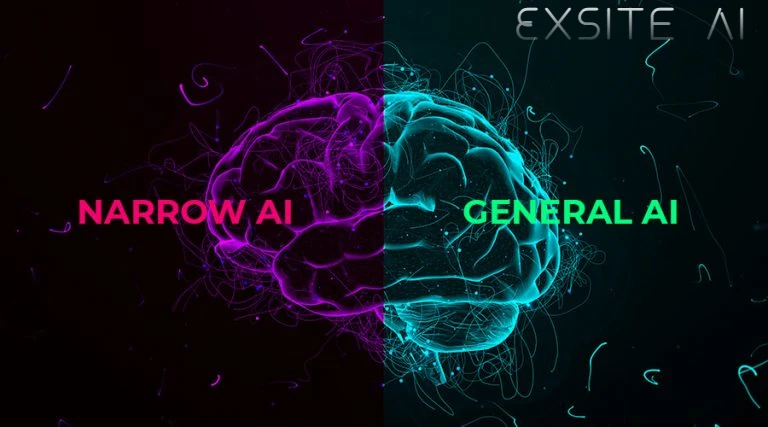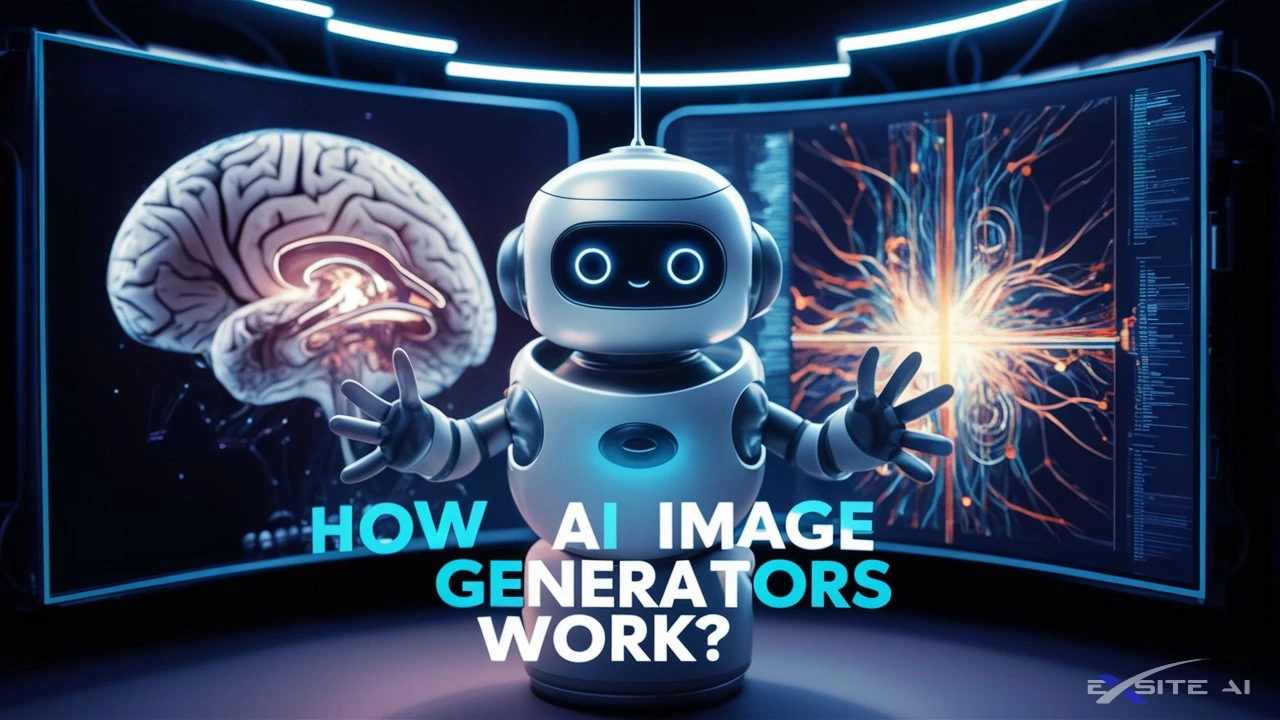
Narrow AI Explained
Narrow Ai performs specific tasks, such as voice recognition or image analysis. It's the most common type of AI that we encounter in our daily lives. Examples include the voice assistants on our phones like Siri and Google Assistant, recommendation algorithms used by Netflix and Amazon, and the AI that powers autonomous vehicles.
Narrow Ai is designed to perform tasks that normally require human intelligence, but it operates under a limited set of constraints and is task-specific. It doesn't possess understanding or consciousness, but rather, it follows pre-programmed rules or learns patterns from data. For example, a Narrow AI designed for image recognition can identify objects in images because it has been trained on a dataset of images with labeled objects, not because it understands what an object is.
The term "Narrow Ai" is used to differentiate this type of AI from Artificial General Intelligence (AGI), also known as Strong AI. AGI refers to a type of AI that has the ability to understand, learn, and apply knowledge across a wide range of tasks, much like a human. In contrast, Narrow AI is designed for specific tasks and lacks the ability to perform tasks outside of its designed scope.
Narrow Ai is used because it can perform specific tasks more efficiently and accurately than humans. It can work 24/7 without breaks, doesn't require a salary, and can process large amounts of data quickly. It's particularly useful for tasks that are repetitive, time-consuming, or dangerous for humans.
Commonly used narrow AI applications:
- Recommendation Systems
Recommendation systems like those used by Netflix, Amazon, and Spotify are prime examples of Narrow Ai, demonstrating specialized intelligence designed to personalize user experiences. Employing sophisticated algorithms and machine learning techniques, these AI systems identify patterns and correlations within the data, enabling them to make highly relevant recommendations. Despite their advanced data processing and predictive capabilities. This specialization allows them to enhance user engagement and satisfaction within their respective platforms.
- Search Engines
Search engines like Google Search exemplify Narrow Ai by using specialized intelligence to enhance the user search experience. These systems employ advanced algorithms and machine learning techniques to provide relevant search results, autocomplete queries, and answer questions directly within the search results. By analysing vast amounts of data, including user behaviour, search history, and contextual clues, they can predict user intent and deliver highly relevant information. Despite these sophisticated features, the intelligence of search engines is confined to information retrieval and query processing, without the ability to generalize knowledge beyond their specific domain.
- Social Media
Social media platforms Narrow Ai to personalize user experiences through specialized intelligence. These systems analyse user interactions, preferences, and behaviour to suggest friends, display relevant ads, and curate content. Facebook’s Ai recommends friends and filters news feed content based on user activity, while Instagram suggests posts and stories tailored to individual preferences. However, their intelligence is limited to specific functions within the social media domain, unable to generalize beyond their designed tasks.
Gmail employs Narrow Ai to enhance email management and user efficiency through specialized intelligence. Its AI-driven spam filters use machine learning algorithms. Features like Smart Reply and Smart Compose leverage natural language processing to suggest quick responses and autocompleted sentences, streamlining the process of composing and replying to emails. Despite their advanced functionality, these features are confined to specific tasks within email management and do not possess the general intelligence to operate beyond their programmed scope.
- Navigation and Ride-Sharing
Navigation and ride-sharing services like Google Maps and Uber showcase Narrow Ai through specialized intelligence tailored to enhance travel experiences. Google Maps utilizes ML techniques to provide real-time traffic updates, suggest optimal routes, and estimate travel times based on historical and current data. While these Ai systems excel in their designated tasks, their intelligence remains confined to navigation and ride-sharing functions, lacking the general intelligence necessary to operate beyond their programmed scope.
- Smart Home Devices
Smart home devices like the Nest Thermostat and Ring Doorbell exemplify Narrow Ai by employing specialized intelligence to enhance home automation and security. The Nest Thermostat utilizes ML algorithms to learn user preferences and adjust heating and cooling systems automatically, optimizing energy efficiency and comfort levels. Its ability to analyse usage patterns and adapt settings accordingly demonstrates a level of intelligence specific to climate control tasks. Similarly, the Ring Doorbell employs Ai for motion detection, analysing video feeds to identify and alert users of activity at their front door. While these Ai systems excel in their designated functions, their intelligence remains tailored to specific smart home tasks and does not extend to broader contexts.
- Financial Services
In the realm of financial services, applications such as fraud detection and personal finance management exemplify Narrow Ai through specialized intelligence tailored to enhance security and financial well-being. By continuously learning from historical data and detecting deviations from normal behaviour, these Ai systems play a crucial role in preventing financial losses and maintaining trust in the banking system. Similarly, personal finance management apps like Mint or YNAB leverage Ai to assist users in tracking spending, categorizing expenses, and creating budgets. Through data analysis and pattern recognition, these apps provide insights and recommendations to help users make informed financial decisions.
The widespread integration of Weak Ai applications into our daily lives underscores the transformative impact of specialized intelligence. From personalized recommendations to streamlined communication and enhanced security, these Ai systems have revolutionized how we interact with technology.
What are the Limitations of Narrow AI?
Despite its benefits, Narrow AI does have its limitations:
- Lack of flexibility. Narrow Ai systems are designed for specific tasks and cannot perform tasks outside their designed scope. One example of this issue can be seen in speech recognition systems. These systems are designed to recognize and transcribe human speech, but they can struggle with accents or dialects that are outside of their designed scope. For example, a speech recognition system designed for American English may struggle to accurately transcribe a Scottish accent, leading to errors in transcription.
- Dependency on data. The performance of Narrow Ai systems is heavily dependent on the quality and quantity of the data they are trained on. For example, in the domain of facial recognition, if the Ai system is trained on a dataset that is not diverse enough, it may struggle to accurately recognize faces of individuals from certain races or ethnicities. This can lead to biased or inaccurate results, which can have serious consequences in areas such as law enforcement and security.
- Lack of understanding. Narrow Ai systems do not truly understand the tasks they perform. They simply follow pre-programmed instructions or patterns they have learned from data. In the field of medical diagnosis, Ai systems may be trained on large datasets of medical images and may be able to accurately identify certain patterns or abnormalities. However, they may not truly understand the underlying biological mechanisms or clinical context behind these patterns, which could lead to misdiagnosis or inappropriate treatment recommendations. This highlights the importance of ensuring that Ai systems are developed and tested in collaboration with medical experts who can provide the necessary context and interpret the results.

